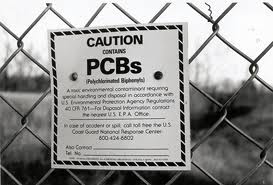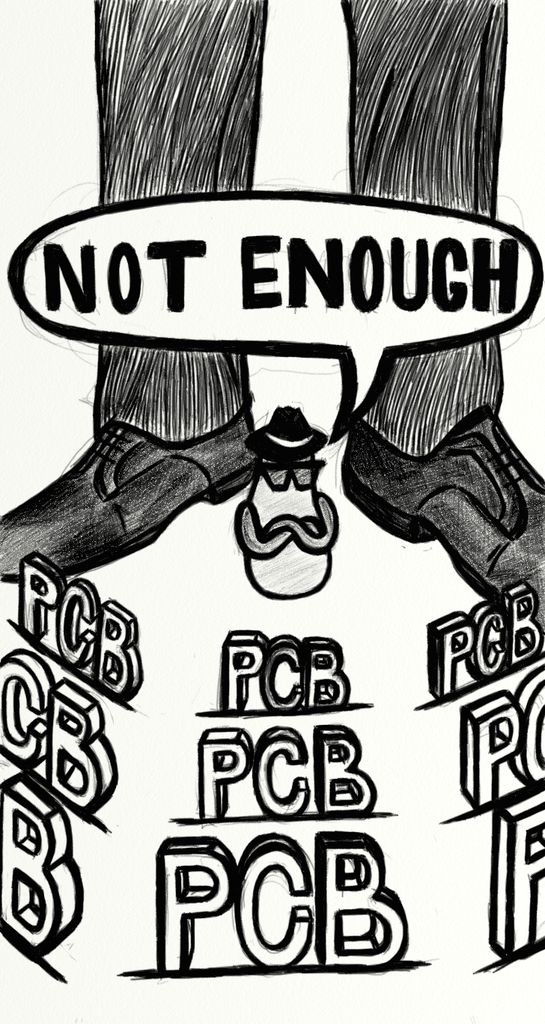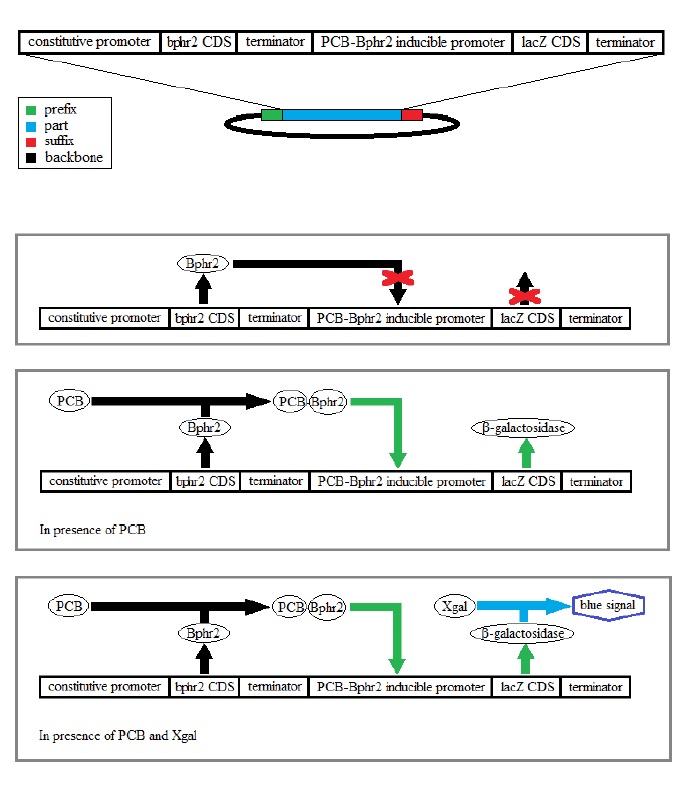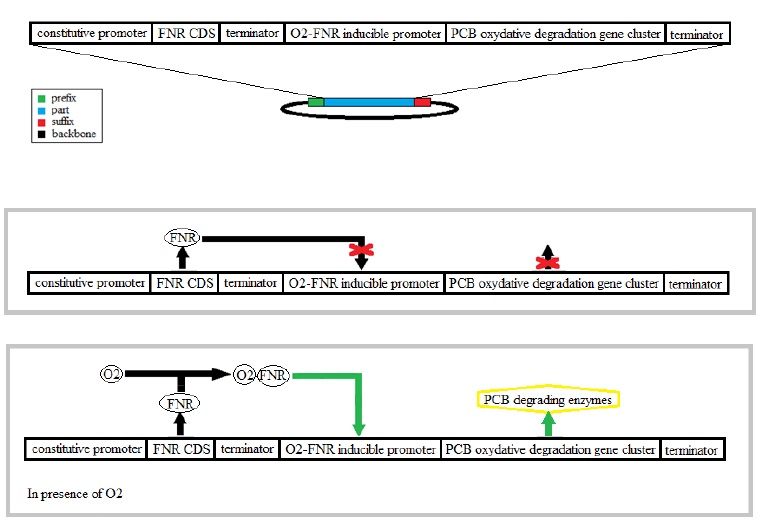Team:Paris Saclay/Project
From 2013.igem.org
Contents |
What are PCBs?
PolyChlorinated Biphenyls (PCBs), are a family of man-made aromatic organic chemicals which consist of a phenyl ring and more or less chlorines. The first PCB was synthesized in 1881 and were developed in the 1940’s. The production of PCBs peaked in 1970’s, but after discovering that PCBs harm human health, their the production of PCBs has been banned in 1979 in U.S. And in France, the total interdict of production and usage of PCBs declared valid in 1987. The Stockholm Convention on Persistent Organic Pollutants (POPs) was signed in 2001, which aims to eliminate or restrict the production and usage of PCBs and other persistent organic pollutants. This world-wide ban of PCBs effective from May 2004.
Nowadays, although the manufacture of PCBs ceased many years ago, because of PCBs’ high stability they are still dangerous for both the environment and human health. This is the reason why we want to accelerate the processes of Biodegradation of PCBs by using Biosynthetic method.
Chronology of PCBs
| YEAR | EVENTS |
|---|---|
| 1881 | First PCBs synthesized |
| 1927 | PCBs were first manufactured commercially |
| 1968 | Yusho disease in Japan |
| 1973 | OCDE suggested of using PCBs in close system |
| 1975 | Ban of PCBs for open-air application in France |
| 1979 | Ban of PCBs production in U.S |
| 1987 | Ban of PCBs production and usage in France |
| 1992 | OSPAR COMMISSION, made decision of abandonment of PCBs |
| 2001 | The Stockholm Convention on Persistent Organic Pollutants signed
}
Detection and degradation of PCB system in E.coliSince the second half of the XXth century scientists are fully aware of the fact that some species of bacteria living in mediums with high concentrations of PCB are able to degrade the PCB in pyruvate and acetyl CoA easily metabolized by these organisms.
Detection and report of the PCBIn nature these bacteria have a system for the regulation of the oxidative degradation of PCB. This one is based on two regulatory proteins namely Bphr2 and Bphr1 coded respectively by the genes of the same name bphr2 and bphr1.
Combination of the aerobic and anaerobic PCB degradation pathwaysThe bacteria E.coli has an aerobic and an anaerobic metabolism that’s why we used it for the combination of the two degradation pathways. The regulation between pathways in these two conditions is normally made by regulatory proteins like FNR. The FNR protein modifies its conformation in presence of oxygen having an activator or an inhibitor function.
Team project descriptions are due August 9. The description is only a preliminary description - it will not be used to judge your project. What you write will only serve to provide some background on what your team has been working on so far and what you hope to accomplish.
|
 "
"



